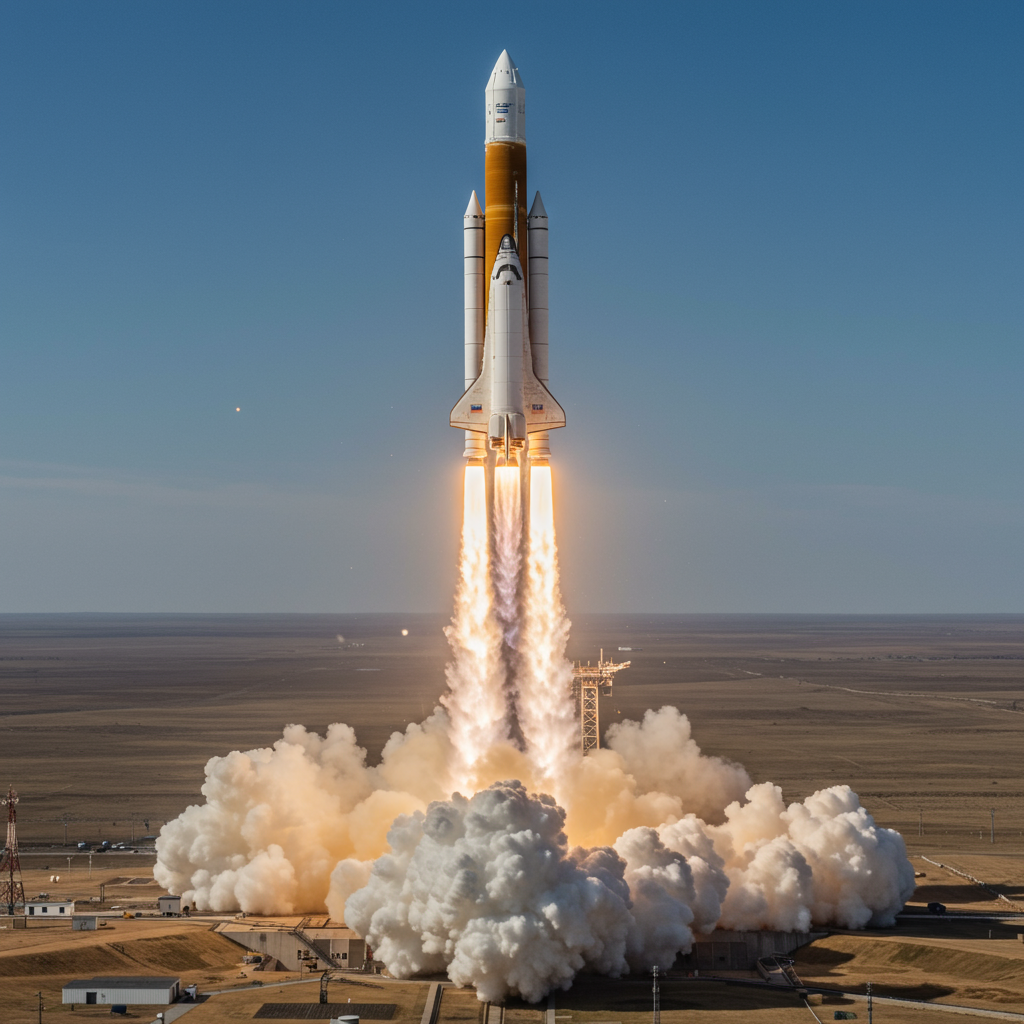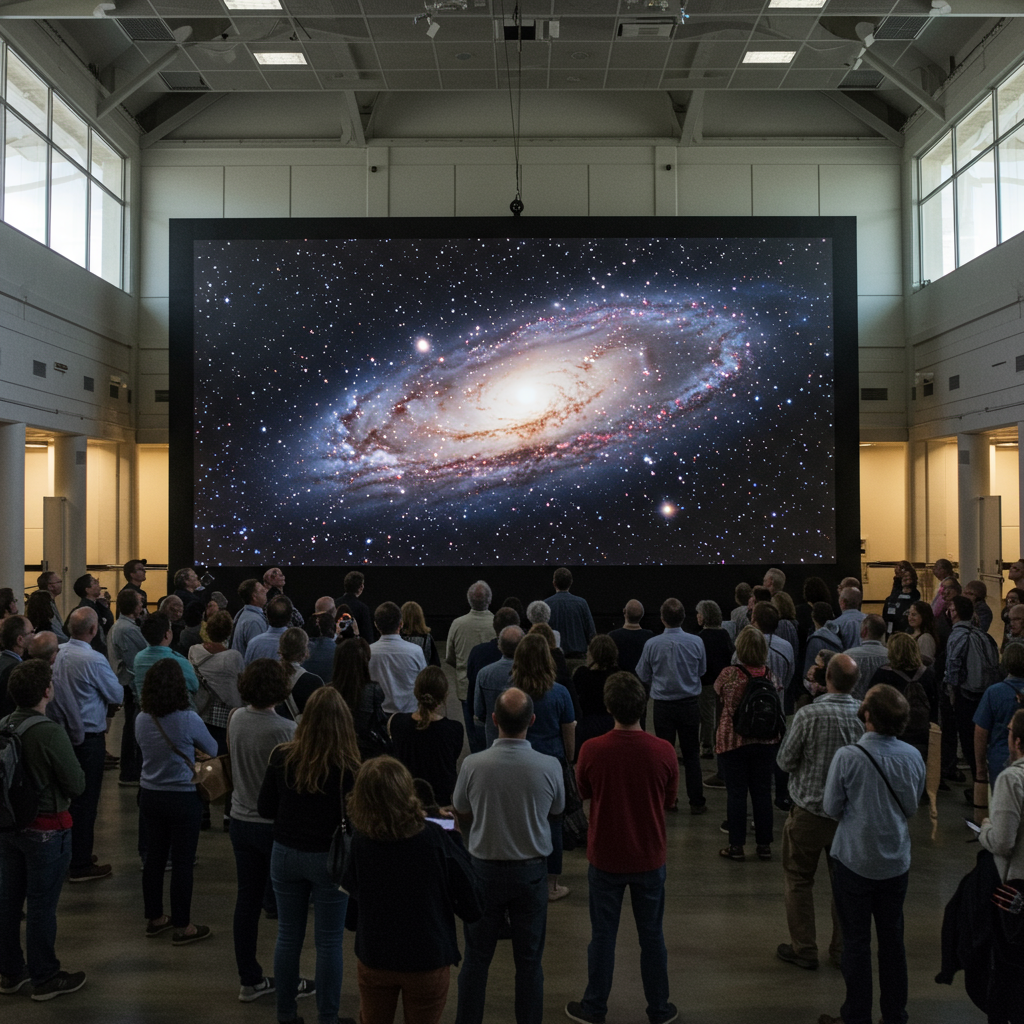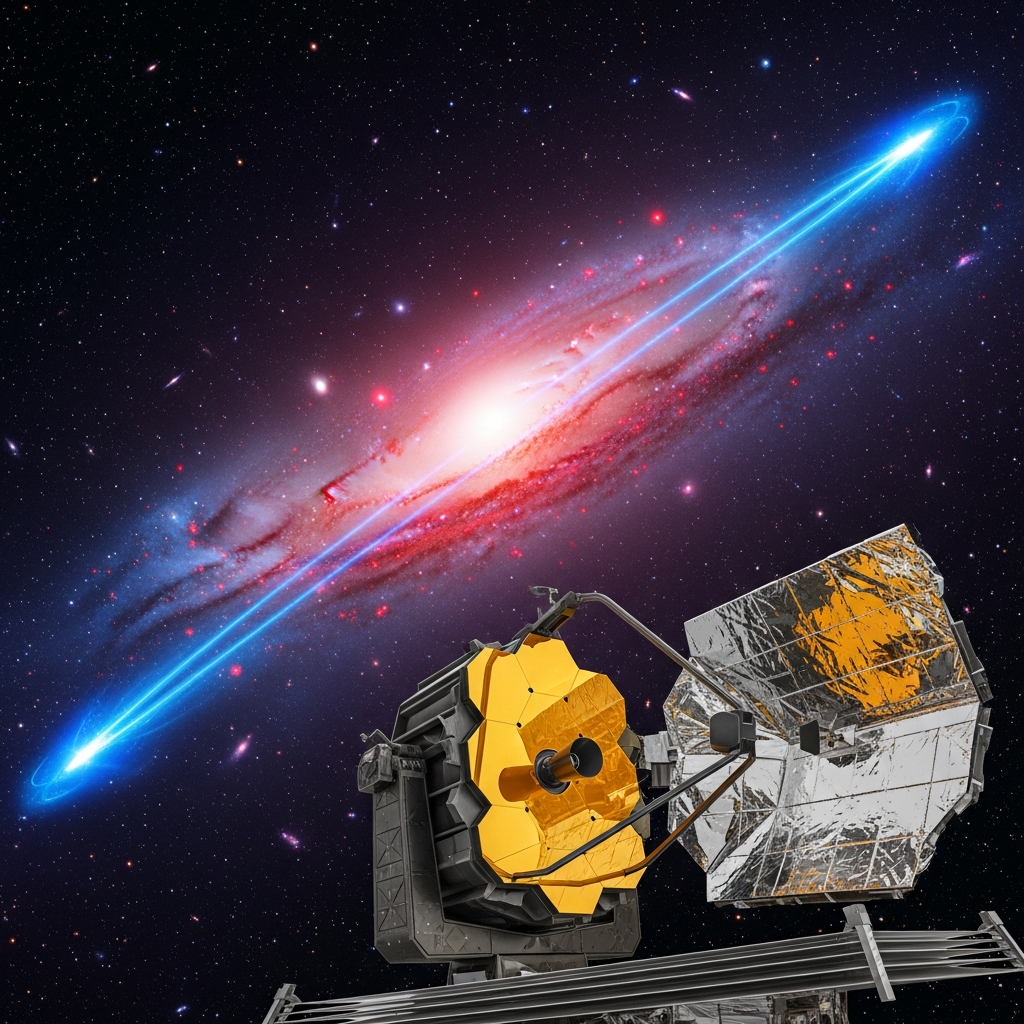A Russian progress cargo spacecraft successfully launched today, carrying essential supplies toward the International space Station (ISS). The uncrewed vessel, designated Progress 92 (also known as Progress MS-31), lifted off from the Baikonur Cosmodrome in Kazakhstan. This mission marks a crucial resupply effort for the orbiting laboratory and its Expedition 73 crew members.
Liftoff occurred precisely at 3:32 p.m. EDT on July 3, 2025 (1932 GMT). The launch site, the historic Baikonur Cosmodrome, is operated by Russia in Kazakhstan. A Soyuz rocket, specifically a Soyuz-2.1a variant, powered the freighter into orbit. The launch followed a vertical profile from Site 31, Pad 6, at Baikonur. This mission is the 92nd Progress flight dedicated to supporting the ISS program.
Critical Cargo for the Space Station
The Progress 92 mission is hauling approximately three tons of vital goods to the ISS. These supplies are indispensable for maintaining ongoing station operations and supporting the international crew living aboard. According to Roscosmos, the total payload mass exceeded 2,600 kilograms. This detailed manifest includes a diverse array of items necessary for life and work in space.
The cargo breakdown provides a clear picture of the station’s needs. The largest single category is propellant, with 950 kilograms dedicated to refueling the station’s propulsion system. This fuel is critical for maneuvering the ISS, including adjusting its orbit and performing avoidance maneuvers if needed. Drinking water is another significant component, totaling 420 kilograms. Fresh water is a constant requirement for the crew.
Additional pressurized gases include 50 kilograms of compressed nitrogen. This helps replenish the station’s atmosphere, maintaining breathable air for the astronauts and cosmonauts. About 344 kilograms of food are also aboard, ensuring the crew has adequate provisions. Personal supplies for the crew, such as clothing, medical kits, and hygiene items, account for 317 kilograms.
Crucially, over 540 kilograms of hardware and equipment are being delivered. This includes vital materials specifically for scientific experiments. Several research projects receive new components or consumables, including Impuls, Mirazh, Biopolymer, Virtual, Fulleren, Splankh, Biodegradatsiya, Orbita-MG, and Separatsiya experiments. Delivering this equipment allows important scientific work to continue or begin onboard the ISS.
Launch Vehicle and Orbital Journey
The Soyuz-2.1a rocket responsible for launching Progress 92 had an interesting history. This particular vehicle was originally intended for a commercial mission for South Korea carrying a CAS-500 satellite. However, that contract was canceled following geopolitical events in 2022. The rocket featured an unusual mostly white paint scheme, different from the standard Soyuz colorations. Reports suggest this was due to a misconception among some officials about the color of the historic Vostok rocket used for the first human spaceflight.
The launch sequence proceeded nominally. The rocket’s first and second stages provided the initial thrust, propelling the vehicle eastward. The four first-stage boosters separated about 1 minute and 58 seconds after liftoff at an altitude of approximately 43 kilometers. The payload fairing, protecting the spacecraft during ascent, split and dropped over a minute later at roughly 91 kilometers. The second stage fired for about 4 minutes and 47 seconds. The third stage then ignited, separating the Progress MS-31 into its initial parking orbit approximately 8 minutes and 49 seconds after liftoff. The target orbit was inclined 51.67 degrees to the Earth’s equator, a standard inclination for ISS missions from Baikonur.
Rendezvous and Docking Schedule
Following its successful launch into orbit, the Progress 92 spacecraft is undertaking a two-day rendezvous profile with the International Space Station. This journey involves multiple orbital maneuvers to gradually catch up to the station. The spacecraft is designed to perform these operations autonomously.
Docking is scheduled to occur on Saturday, July 5. The robotic freighter is expected to automatically connect with the ISS’s Poisk module. The Poisk module is part of the Russian segment of the station. The target docking time is 5:27 p.m. EDT (2127 GMT).
NASA plans to offer live coverage of the final approach and docking activities. A livestream will be available via NASA+ starting at 4:45 p.m. EDT (2045 GMT) on Saturday. Space.com and other news outlets often simulcast this official feed, making it accessible to a wider audience interested in watching space station operations unfold live.
ISS Cargo Logistics and Progress Operations
The arrival of Progress 92 is part of the regular logistics cycle for the International Space Station. Cargo spacecraft are frequently launched by multiple international partners to keep the station supplied with everything needed for its continuous operation. The Poisk docking port recently became available for Progress 92.
This port was previously occupied by the Progress 90 vehicle. Progress 90 had been docked to the ISS for approximately seven months, delivering its cargo and serving as a parked vehicle. It undocked from the Poisk module just days before, on Tuesday, July 1.
Like most Russian Progress spacecraft, Progress 90 is a single-use vehicle. After undocking, it will undergo a planned deorbit maneuver. This directs the spacecraft to burn up harmlessly in Earth’s atmosphere over a remote ocean area. The same fate awaits Progress 92 approximately six months from now, after it completes its service period docked to the station. Another Russian cargo ship, Progress 91, remains docked to the station’s Zvezda service module, having arrived back in February.
Diverse Fleet of Resupply Vehicles
The Russian Progress spacecraft is one of three primary types of cargo ships currently serving the ISS. Each plays a vital role in keeping the station operational. The other two are privately developed American vehicles operated by Northrop Grumman and SpaceX.
Northrop Grumman’s Cygnus spacecraft is similar to the Progress in that it is also a single-use vehicle. Like Progress, the Cygnus concludes its mission by performing a destructive re-entry into the atmosphere. It carries supplies up to the station but does not return anything to Earth.
SpaceX’s Dragon capsule offers a key capability that Progress and Cygnus do not. While it also brings cargo to the ISS, the Dragon is reusable. Furthermore, it is the only current cargo vehicle capable of returning scientific samples, experiment results, and other materials safely back down to Earth. This unique return capability is essential for maximizing the scientific output of the space station.
Celebrating Historical Cooperation
Adding a unique touch to this resupply mission is the inclusion of special cargo celebrating space history. Roscosmos sent commemorative medallions aboard Progress 92. These golden commemoratives mark the upcoming 50th anniversary of the Apollo-Soyuz Test Project (ASTP).
ASTP, conducted in July 1975, was a landmark mission. It represented the first cooperative space venture between the United States (using an Apollo command module) and the Soviet Union (using a Soyuz spacecraft). American astronauts and Soviet cosmonauts docked their spacecraft in orbit, conducted joint experiments, and demonstrated the possibility of international collaboration in space despite the Cold War tensions of the era. This historic handshake in space laid essential groundwork.
The framework established by ASTP was crucial. It paved the way for future joint endeavors. This included U.S. Space Shuttle visits to the Russian Mir space station in the 1990s. Most significantly, it formed the basis for the planning, construction, and continuous operation of the International Space Station itself. Today, American astronauts and Russian cosmonauts continue to live and work together aboard the ISS. This uninterrupted human presence has lasted for 25 years as of late 2024, showcasing the enduring legacy of ASTP even amid current geopolitical challenges.
The medallions sent on Progress 92 evoke silver medallions flown on the original 1975 mission. Those earlier versions were designed to be split between the crews and assembled in orbit. The new 2025 medallions feature the Apollo-Soyuz program logo and the years “1975” and “2025” on one side. The reverse lists the names of the original ASTP crew (Stafford, Brand, Slayton, Leonov, Kubasov) around the border. In the center are the names of the current Soyuz MS-27 crew members aboard the ISS: NASA astronaut Jonny Kim and Roscosmos cosmonauts Sergey Ryzhikov and Alexey Ryzhikov. This crew had already incorporated the ASTP 50th anniversary logo into their mission patch, showing the significance of the milestone to those living and working in space today.
The launch of Progress 92 ensures the continuous flow of supplies required to keep the ISS functioning at peak capacity. From food and fuel to critical experiment hardware and historical artifacts, each resupply mission is a vital link in the chain supporting human presence in low Earth orbit. Meanwhile, preparations are already underway for the next Russian cargo mission, Progress MS-32, which has reportedly arrived at Baikonur for processing ahead of a planned fall launch.
Frequently Asked Questions
What specific supplies did the Progress 92 cargo ship carry to the ISS?
The Progress 92 mission delivered over 2,600 kilograms (approximately 3 tons) of crucial supplies. This included 950 kg of propellant for the station’s attitude control and maneuvers, 420 kg of drinking water, and 50 kg of compressed nitrogen to replenish the atmosphere. The cargo also featured 344 kg of food, 317 kg of personal supplies like clothing and medical kits, and over 540 kg of hardware. The hardware payload included materials specifically needed for various scientific experiments running onboard the station.
When and where can I watch the Progress 92 dock with the International Space Station?
The Progress 92 spacecraft is scheduled to automatically dock with the ISS on Saturday, July 5, at 5:27 p.m. EDT (2127 GMT). It will connect with the Poisk module on the station’s Russian segment. NASA plans to provide a live stream of the rendezvous and docking procedures. You can watch this coverage starting at 4:45 p.m. EDT (2045 GMT) on Saturday via NASA+. Many space news websites, including Space.com, often simulcast this feed for public viewing.
How does the Russian Progress 92 compare to other cargo ships used for ISS resupply?
The Progress 92 is one of three types of cargo vehicles currently supporting the ISS. Like Northrop Grumman’s Cygnus, the Progress spacecraft is designed for single use and performs a destructive re-entry into Earth’s atmosphere after its mission is complete. This means it can only transport cargo to the station. In contrast, SpaceX’s Dragon capsule is reusable and uniquely capable among the current ISS cargo fleet of not only delivering supplies but also returning scientific samples, equipment, and other materials safely from the ISS back to Earth for analysis and recovery.
—




